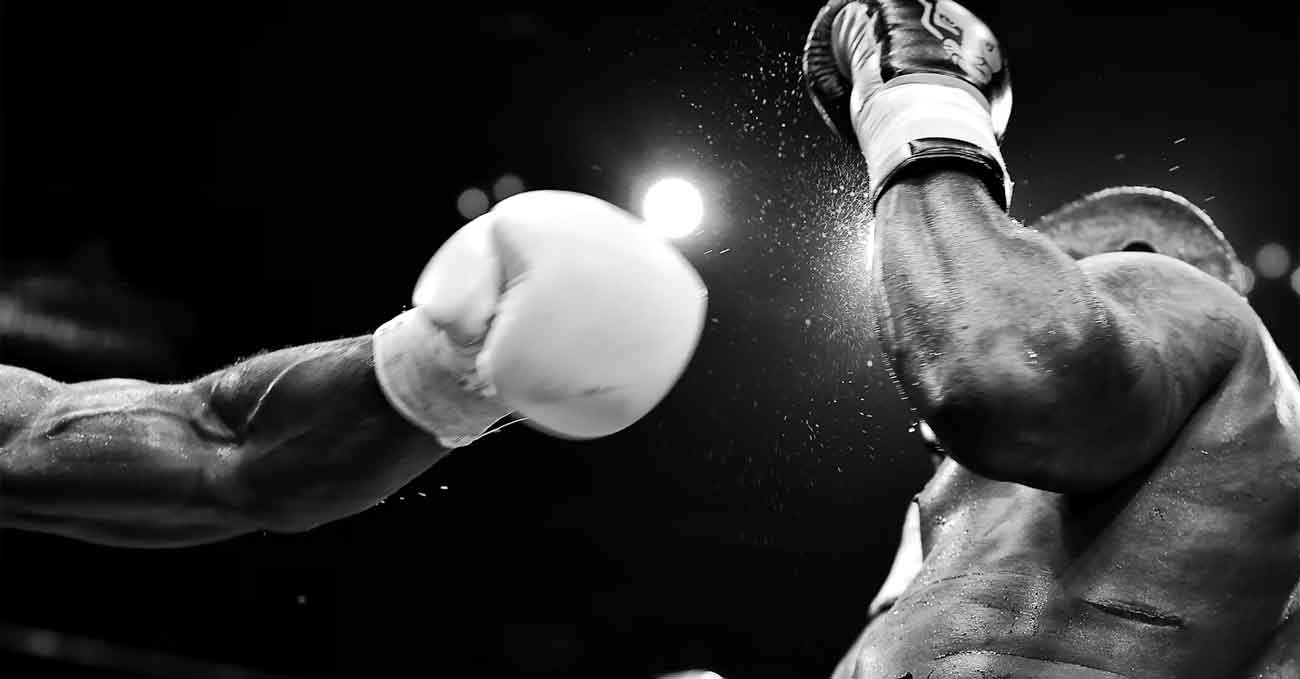
Picture yourself in an arena pulsating with anticipation, the crowd’s roar echoing around the ring as two champions meet eye to eye. Analyzing boxing odds for these superfights is more than just predicting victors; it’s a dance that weaves together history, betting patterns, and the unpredictable nature of the sport. Have you ever wondered why certain odds seem to defy logic, or how past upsets like Buster Douglas’s legendary triumph over Mike Tyson still echo in today’s predictions? There’s a lot more beneath the surface waiting to be uncovered.
Key Takeaways
- Historical upsets in boxing influence future betting odds by demonstrating the potential for underdog victories.
- Fighter attributes, such as form and statistics, significantly impact odds setting for super fights.
- Public perception and media hype can skew betting odds, emphasizing the importance of independent analysis.
- Strategic timing in placing bets is crucial, as odds fluctuate based on market dynamics and new information.
- Analysis of past betting trends offers valuable insights for predicting odds movements in upcoming fights.
Underdog Victories in Boxing
Underdog victories in boxing capture the imagination like few other events. You’ve surely heard of Buster Douglas taking down Mike Tyson in 1990, a 42:1 miraculous upset, or James J. Braddock’s win against Max Baer in 1935. These moments, thrilling and rare, remind you that unexpected outcomes are possible and can dramatically shift boxing odds overnight. Historically, major underdog wins occur about twice a year, making them valuable narratives in sports lore. Other notable triumphs include Leon Spinks defeating Muhammad Ali and Max Schmeling’s knockout of Joe Louis. The fight between Randy Turpin and Sugar Ray Robinson is a testament to how even the best can be defeated, with Turpin breaking Robinson’s impressive 90-fight winning streak. Success isn’t just random; it’s steeped in preparation, resilience, and tactical brilliance. When the underdogs prevail, they don’t just win fights—they help redefine the sport and inspire countless others, transforming boxing history and public perception.
Key Factors Influencing Odds
While underdog victories grab the headlines, understanding the odds behind a boxing match reveals the intricate dynamics that dictate those upsets. Start by examining fighter attributes and performance; check their recent form, physical stats, and any injuries. Pay particular attention to the underdog odds as they provide insight into the potential for substantial returns on bets. Don’t overlook training camp quality and fighting style, as they heavily influence fight outcomes. Historical performance is vital—analyze past fights, head-to-head records, knockout power, and defensive prowess. A fighter’s age and experience often affect their odds. External factors also play a part. Fight location, weight issues, and public perception can sway expectations. Finally, explore betting market dynamics. Keep an eye on odds movement and bookmaker strategies to find value in your bets. Understanding these elements will give you a competitive edge.
Betting Patterns in Super Fights
In the world of superfights, betting patterns reveal a wealth of insights into both the sport and the betting market.
Favorable trends show that highly favored fighters often have lower payouts, driven by higher win probabilities. The odds reflect public perception and can shift with media hype.
Upset patterns reveal that underdogs offer bigger payouts due to their perceived lower chances of winning but can change betting dynamics, particularly if recent upsets occur.
Research is key; dissecting fighters’ form, opponents, and styles helps inform your bets.
The market’s fluidity means odds evolve with betting volume and new information.
Impact of Historical Upsets
Exploring the impact of historical upsets in boxing offers you a lens into dramatic shifts in the sport’s landscape. Through careful research, you can uncover how these astonishing victories aren’t just about the unexpected nature of the outcome; they also reshape careers and redefine odds. When overconfidence meets strategic brilliance, underdogs shine.
Consider:
- Muhammad Ali’s “rope-a-dope” tactic against George Foreman in 1974, was a masterclass in exploiting tactical vulnerabilities.
- Buster Douglas’s incredible victory over Mike Tyson in 1990, where underestimation played an essential role.
- James Braddock’s win over Max Baer in 1935, which catapulted him from obscurity to fame.
- Andy Ruiz Jr.’s triumph over Anthony Joshua in 2019, where preparation met opportunity.
These upsets inspire generations, change fighter legacies, and prove that any outcome is possible.
Winning with the Underdog
When you’re weighing the odds for the next big bout, remember that sometimes, the underdog can hit it out of the park. Historical upsets teach us that past performance and public sentiment often shift the betting landscape, turning the tables for savvy bettors. Keep your ear to the ground and watch for changes in odds and betting patterns. By doing this, you’ll spot value opportunities others might overlook, making your next wager worth its weight in gold.